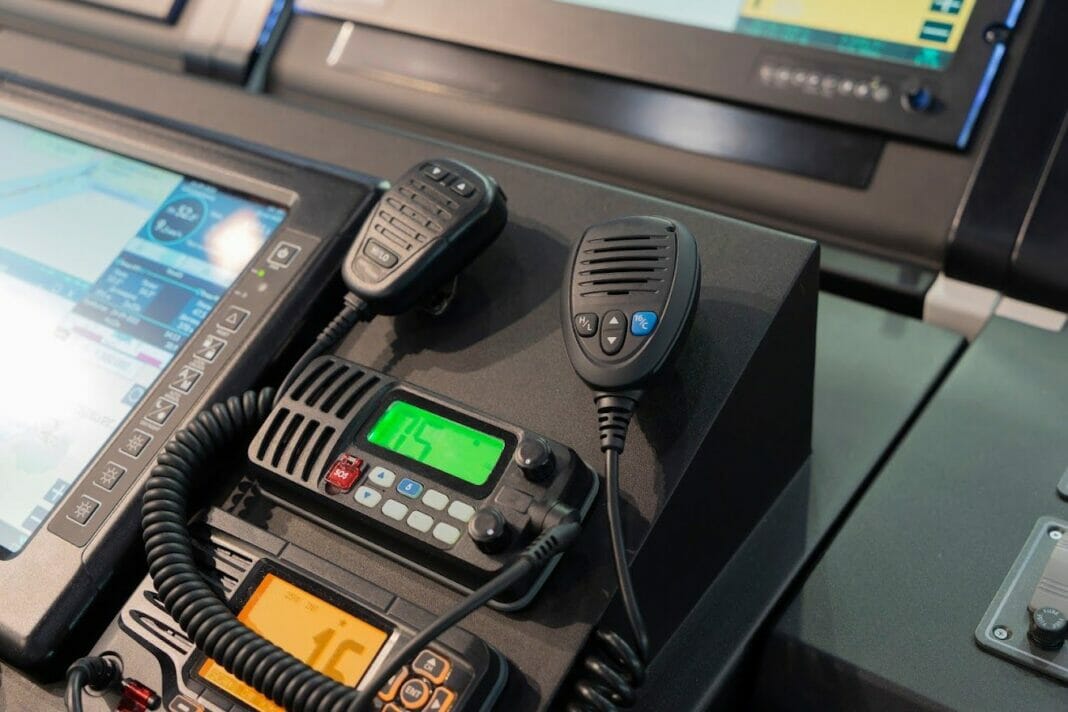Very High Frequency (VHF) radios are an essential tool for communication on water, whether you are sailing, fishing, or in the midst of an emergency. With a wide range of features and specifications, it might be difficult to navigate the world of VHF radios, especially if you are a first-time buyer. This ultimate guide aims to provide clarity and knowledge to help you choose the right VHF radio for your needs, as well as understand its functionality and usage.
Why Use a VHF Radio?
Before we delve into the details, it’s important to understand why it is essential to have a VHF radio on board.
- Communication: VHF radios provide clear and uninterrupted communication between other boats, marinas, lockkeepers, and even some coastguards in a specific range of distance.
- Safety and Rescue: In times of distress or emergencies, a VHF radio is the most reliable way to send out distress signals and messages to the coastguard or nearby vessels.
- Navigation: VHF radios can transmit navigation information such as GPS location or other navigation assistance, ensuring that you remain on course and avoid hazards.
- Weather: Many VHF radios have the capability to receive weather updates and alerts, which are crucial in marine environments where weather conditions can change rapidly.
Types of VHF Radios
There are two main types of VHF radios – handheld and fixed-mount. Each has its pros and cons, but they cater to different needs and circumstances.
1. Handheld VHF Radios
- Portable and easy to carry
- Operates on batteries, making them perfect for small boats or as backup communication
- Offers limited range (typically 5-8 miles) due to lower power output
- Some models are waterproof and shock-resistant
2. Fixed-Mount VHF Radios
- Installed in a dedicated area on the boat
- Operates on a boat’s batteries and has a greater power output, meaning longer range of communication
- More features available, such as connectivity to other boat systems
- Requires external antenna and professional installation
Essential VHF Radio Features
Now that you understand the basics, it’s time to explore the necessary features in a VHF radio. Here are some elements to look for when purchasing one:
- Power Output: Consider a VHF radio with adjustable power output settings (1 to 25 watts for fixed-mount, 1 to 6 watts for handheld). Higher power will result in more extended-range communication, while lower power is useful in congested areas to reduce signal interference.
- Channels: Ensure that the VHF radio covers all marine channels, including the US, Canadian, and international channels. Also, verify that it supports Digital Selective Calling (DSC) on Channel 70 for distress calls.
- Waterproof Rating: Check for the International Protection (IP) rating of the VHF radio. Ideally, it should be at least IPX7, which means it can withstand immersion in water up to 1 meter for 30 minutes.
- Display: Look for a VHF radio with a backlit LCD screen, providing clear visibility of channel numbers, signal strength, and other vital information.
- Built-in GPS: A VHF radio with a built-in GPS increases the accuracy of your location during communication, making it easier for rescue services to find you in case of an emergency.
Advanced VHF Radio Features
If you are looking for additional features, here are a few advanced options to improve your VHF radio experience:
- Automatic Identification System (AIS): This feature allows you to receive information about nearby vessels’ position, speed, and direction, enhancing safety and situational awareness.
- Bluetooth and Wi-Fi Connectivity: These features enable you to connect your VHF radio to smartphones, tablets, or other devices for remote control and additional functionality.
- NMEA 2000 Connectivity: By connecting the VHF radio to your boat’s NMEA 2000 network, you can share GPS location, instrument, and AIS data with other devices on your boat.
- Hailer Function: This feature allows you to use the VHF radio as a public address system by connecting a speaker, which is helpful during docking or other situations where voice communication is required.
Best Practices for VHF Radio Operation
Once you have chosen the VHF radio that suits your needs, it is essential to know the correct way to operate it. Here are some tips to ensure effective communication:
- Obtain a marine radio operator’s license or certificate, as it is required in most countries.
- Practice good communication etiquette – speak clearly, identify your vessel using call signs, and use standard marine phrases while communicating.
- Keep a quick reference guide handy in case you need a reminder of the marine radio procedures.
- Conduct regular radio checks to ensure your VHF radio is in good working condition.
- In case of an emergency, learn and understand the proper procedure for sending a distress call using DSC.
A VHF radio is an integral part of your safety equipment on the water. Understanding its features and how to operate it effectively can be the difference between a safe voyage and a dangerous situation. With this ultimate guide, you are now well-equipped to make an informed decision regarding purchasing and using VHF radios.


